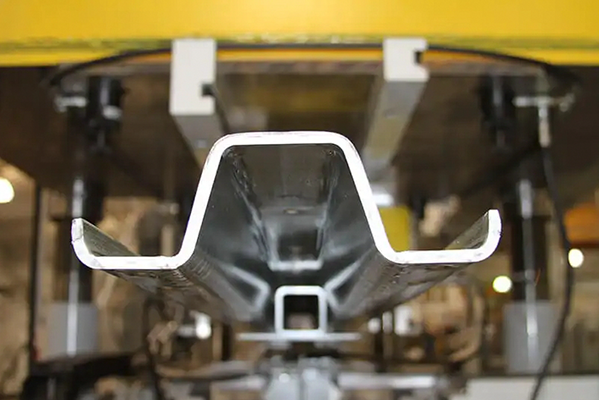Navigation Menu
Contact Us
- Email:
- info@wxavatar.com
- Address:
- Yurong Village, Yuqi Street, Huishan District, Wuxi, China.
Release Date:Apr 07, 2025 Visit:50 Source:Roll Forming Machine Factory
An ancillary device is a supplementary piece of equipment that enhances the functionality, efficiency, or safety of a primary system. Unlike core machinery, which performs the main operations, ancillary devices provide secondary support, ensuring smoother performance and preventing failures. These devices are widely used across industries, including manufacturing, computing, healthcare, and automotive sectors.
What is an Example of an Ancillary Device?
A common example of an ancillary device is an Uninterruptible Power Supply (UPS) in computing and industrial systems.
How a UPS Functions as an Ancillary Device
Primary Role: Provides backup power during electrical outages.
Support Function: Protects computers, servers, and critical machinery from sudden power loss.
Additional Benefits: Regulates voltage, prevents data corruption, and allows safe system shutdowns.
This example illustrates how ancillary devices work behind the scenes to support primary systems.

Other Key Examples of Ancillary Devices
1. Industrial Sector
Cooling Fans & Heat Exchangers – Prevent machinery overheating.
Lubrication Pumps – Reduce friction in mechanical systems.
Dust Collectors – Maintain clean air in manufacturing plants.
2. Computing & IT
External Hard Drives – Expand storage beyond a computer’s main drive.
Network Switches – Enhance connectivity in large IT infrastructures.
Surge Protectors – Shield electronics from voltage spikes.
3. Automotive Industry
Turbochargers – Boost engine efficiency without being the main power source.
Parking Sensors – Assist drivers in maneuvering safely.
Onboard Diagnostics (OBD-II) Scanners – Monitor engine performance.
4. Healthcare & Medical Equipment
Infusion Pumps – Deliver fluids in controlled doses alongside primary treatment.
Pulse Oximeters – Continuously monitor oxygen levels during surgeries.
Medical Gas Systems – Supply oxygen and anesthesia support in hospitals.
Why Are Ancillary Devices Important?
Prevent System Failures – Backup and protective devices reduce downtime.
Enhance Efficiency – Automation and monitoring tools optimize performance.
Improve Safety – Sensors and emergency shutoffs protect workers and equipment.
Extend Equipment Lifespan – Proper cooling, lubrication, and power regulation prevent wear and tear.

Future Trends in Ancillary Devices
Smart & IoT-Connected Devices – Real-time monitoring and predictive maintenance.
Energy-Efficient Designs – Lower power consumption in industrial and electronic systems.
AI Integration – Automated adjustments based on operational data.
Conclusion
Ancillary devices, such as UPS systems, cooling fans, and medical monitors, play a crucial role in supporting primary machinery and technology. Though often overlooked, they ensure reliability, safety, and peak performance across industries. As technology advances, these devices will become even more intelligent and integrated into automated systems.